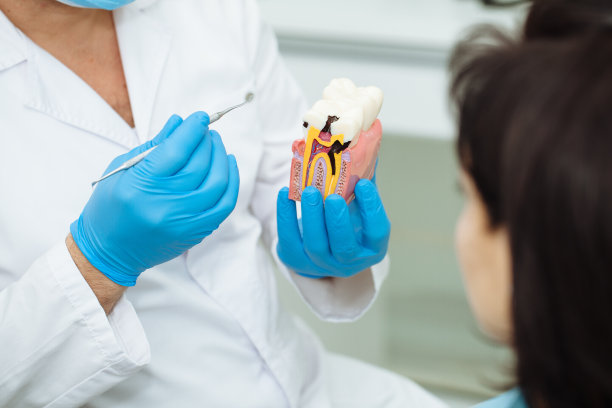Essential Precautions to Consider Before, During, and After Your Dental Filling Procedure for Optimal Oral Health
Summary: Dental fillings are essential for restoring teeth affected by decay or damage, and understanding the necessary precautions before, during, and after the procedure can significantly affect your oral health. This article aims to provide a comprehensive guide to these essential precautions, focusing on four main aspects: preparation for the procedure, the experience during the filling, post-procedural care, and the importance of follow-up visits. By adhering to these guidelines, patients can enhance their treatment experience, promote faster recovery, and ensure long-term dental health.
1. Preparation Before Your Dental Filling

Proper preparation is crucial before undergoing a dental filling procedure. It begins with scheduling an appointment with a trusted dental professional who can assess your condition. Before your visit, keep a list of any medications you currently take, as some may interact with dental treatments. Additionally, inform your dentist about any allergies, especially to anesthesia or specific materials used in fillings.
Another important aspect of preparation is practicing good oral hygiene leading up to your appointment. Brushing and flossing regularly helps prevent further decay and ensures a healthier tooth environment. Consider rinsing with an antibacterial mouthwash for extra protection against bacteria that could exacerbate your dental issues.
It鈥檚 also wise to stay hydrated and eat a light meal prior to the procedure. This will help minimize any light-headedness during treatment and prevent discomfort if local anesthesia is required. Make arrangements for transportation post-appointment, as some patients may experience drowsiness from sedatives used during the procedure.
2. The Dental Filling Procedure Experience
Understanding what to expect during the dental filling procedure can greatly reduce anxiety. Once you arrive at the dental office, the dentist will explain the process, after which local anesthesia is usually administered to numb the affected area. This ensures that the patient feels minimal discomfort during the procedure.
The procedure itself typically involves the removal of decayed material from the tooth. Tools such as handpieces and lasers may be used, and the exact method will depend on the extent of the decay and the type of filling material chosen. Hearing sounds from dental instruments can be normal and should not cause alarm; however, communicate any discomfort to your dentist immediately.
After the cavity is cleaned, the chosen filling material will be carefully placed and shaped to restore the tooth鈥檚 function and Natural appearance. The dentist will check your bite before finalizing the filling to ensure it aligns correctly. Once done, patients are usually advised to take it easy for the rest of the day to allow for a smooth recovery.
3. Post-Procedure Care for Optimal Recovery
After your dental filling, proper aftercare is pivotal in promoting healing and ensuring the longevity of the filling. First and foremost, avoid chewing on the treated side of your mouth until the numbness wears off to prevent biting your tongue or cheek inadvertently. Depending on the type of filling used, there may be specific instructions from your dentist regarding dietary restrictions, such as avoiding sticky or hard foods for the first 24 hours.
Another crucial post-care step is to maintain impeccable oral hygiene. Continue brushing and flossing thoroughly, but do so gently around the filling site. Using fluoride toothpaste can help strengthen surrounding tooth structure, reducing the risk of future decay.
Lastly, monitor the filling site for any unusual sensations like increased pain or sensitivity. This could indicate a problem with the filling, and if such symptoms occur, contact your dentist for prompt evaluation. Regularly scheduled dental check-ups will also help ensure the filling remains intact and your overall oral health stays on track.
4. The Importance of Follow-Up Visits
Follow-up visits are a critical part of ensuring that your dental filling is functioning well and that your oral health is maintained. These appointments allow the dentist to assess the integrity of the filling and to check for any recurring decay in surrounding areas. Regular assessments can lead to detecting problems early before they develop into more significant concerns.
Moreover, follow-up visits provide a valuable opportunity to discuss any changes you may have experienced since the filling. Whether its sensitivity to heat or cold, or stress in biting, open communication with your dentist allows for effective solutions tailored to your needs.
Establishing a routine of regular dental check-ups every six months also contributes to your overall oral health, reinforcing the benefits of your dental fillings while ensuring comprehensive care of your teeth and gums.
Summary:
In summary, taking essential precautions before, during, and after your dental filling procedure strengthens your overall oral health and enhances the treatment experience. Preparation includes proper communication and hygiene, understanding the procedure helps ease anxiety, post-care ensures optimal recovery, and regular follow-up visits maintain long-term dental health.
This article is compiled by Vickong Dental and the content is for reference only.



